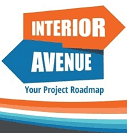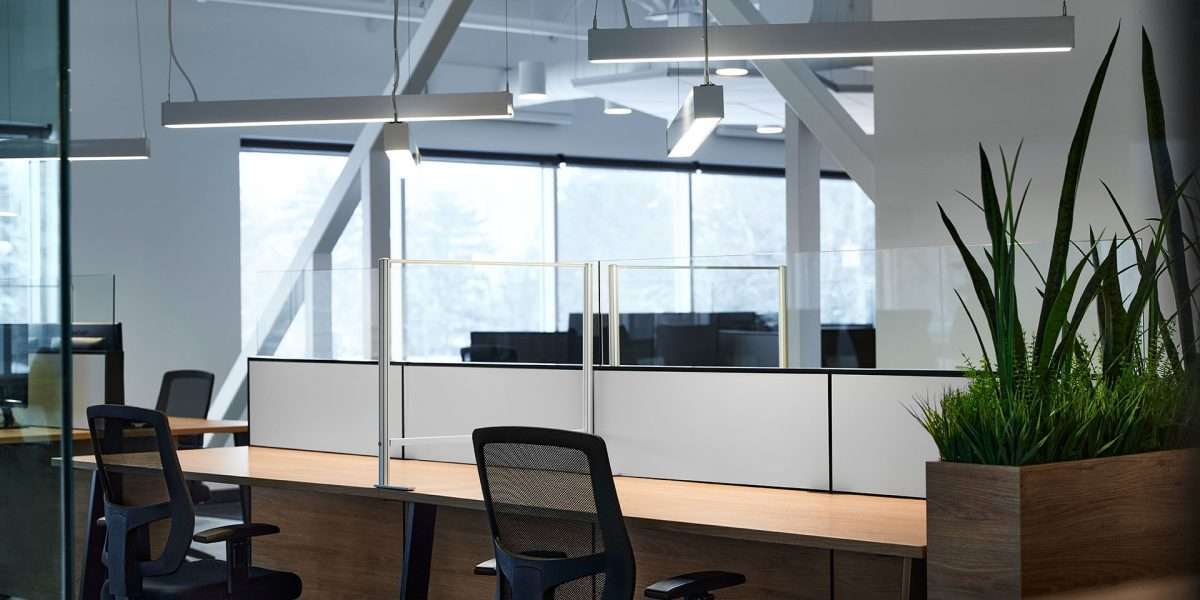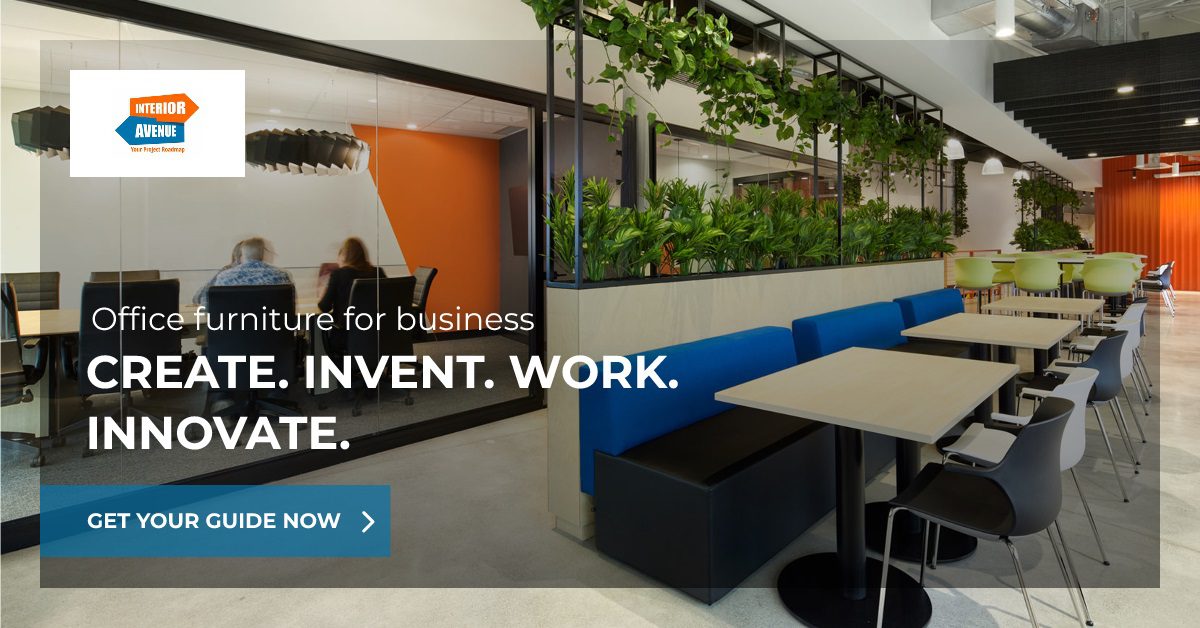New Office Space: What Office Furniture Do You Need for Your Business?
Moving into a new office space? Exciting times! But, beyond the excitement of the new location, there’s the task of ensuring that the office is furnished properly. This guide will take you through the essential furniture items you’ll need for variouss spaces in your office, ensuring that your business not only looks professional but also functions efficiently.
1. Reception Area
The reception is the first impression of your business. Make it count!
- Reception Desk: A large and inviting desk where your receptionist can greet visitors, manage calls, and handle day-to-day tasks.
- Visitor Chairs: Comfortable seating for guests while they wait.
- Lounge Seating: If space permits, add sofas or lounge chairs to provide a relaxed atmosphere.
- Magazine Racks: Stock them with relevant industry magazines and your company brochures.
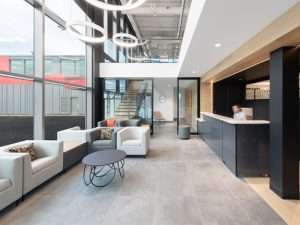
2. Conference Room
Where the big decisions happen.
- Large Conference Table: Spacious enough to seat all attendees comfortably.
- Ergonomic Chairs: Ensure everyone is comfortable during lengthy meetings.
- Presentation Equipment: A projector or large screen TV for presentations. Don’t forget the audio equipment!

3. Training Room
For nurturing skills and talents.
- Training Tables: These should be modular and easy to rearrange.
- Stackable Chairs: Allows for flexibility based on the number of trainees.
- Whiteboard/Smartboard: Essential for interactive training sessions.
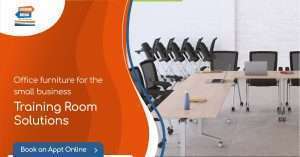
4. Private Offices
Your managerial staff’s private sanctum.
- Executive Desks: Durable and spacious desks for optimum workflow.
- Executive Chairs: Ergonomic chairs to ensure comfort during long hours.
- Bookshelves & File Cabinets: Organization is the key to efficiency.

5. Open Plan Area
Modern and collaborative.
- Workstations: Consider height-adjustable desks for ergonomic benefits.
- Task Chairs: These are vital for everyday comfort and health.
- Storage Solutions: Each workstation should have personal storage, like mobile pedestals.

6. Break Room
Everyone needs downtime.
- Cafeteria Tables & Chairs: Durable and easy to clean.
- Sofas: A relaxed environment for staff to unwind.
- Appliances: Think microwave, refrigerator, and coffee machine.
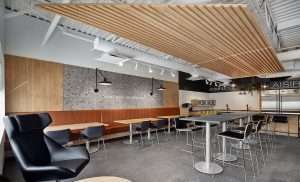
7. Cubicles
Traditional yet effective.
- Cubicle Panels: Ensure privacy while maximizing space.
- Compact Desks: Efficient use of space is paramount.
- Task Lighting: Individual lights for each cubicle can make a big difference.
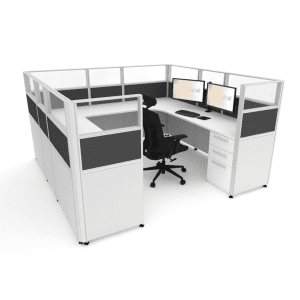
8. Huddle & Collaborative Spaces
Encourage teamwork and brainstorming.
- Modular Seating: Can be rearranged as needed.
- Mobile Whiteboards: Bring the board to the brainstorming session.
- Coffee Tables: Add a casual touch to the discussion areas.

Conclusion
Selecting the right office furniture can transform your office from a mere working space to a vibrant hub of creativity and productivity. But, with so many options available, it can be challenging to determine what’s best for your business.
Interior Avenue: Your Go-To for Office Furniture in Gilbert
When it comes to fast and affordable office furniture, Gilbert-based businesses need not look further than Interior Avenue. We offer a diverse range of top-quality office furniture pieces that cater to all the office spaces mentioned above. Whether you’re sprucing up a small startup space or outfitting a large corporate office, our experts are here to guide and assist. With Interior Avenue, your dream office space is just a call away.
Maximize Your Office Space: Ingenious Furniture Ideas for Small Offices
